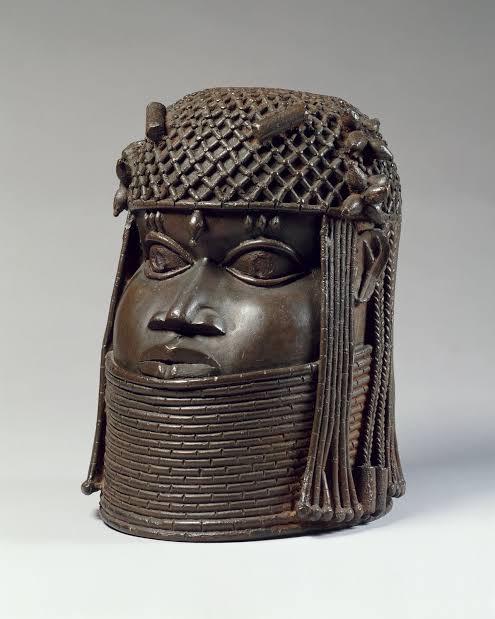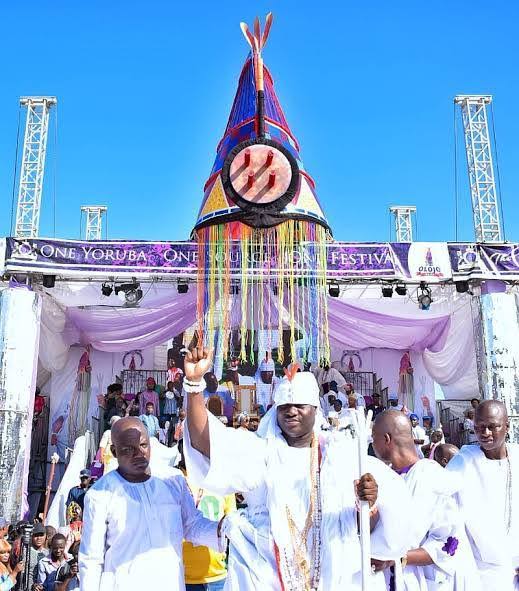Badagry, a coastal town in Lagos State, Nigeria, is a significant tourist hub due to its rich history and cultural importance. Here are some key attractions and aspects that make Badagry a great place to visit.
Badagry Heritage Museum: Showcases the town’s history and culture, with exhibits on the transatlantic slave trade and its impact on the people of West Africa.
Point of No Return: A monument marking the spot where enslaved Africans were taken aboard ships bound for the Americas, serving as a poignant reminder of the slave trade’s dark history.
First Storey Building in Nigeria: A historic building constructed by missionaries, symbolizing the introduction of Western architecture and education in Nigeria.
Mobee Royal Family Slave Relics Museum: Houses artifacts and relics from the slave trade era, providing insights into the lives of enslaved Africans and the slave trade’s impact on the region.
Slave Trade History: A historic trail that follows the path taken by enslaved Africans on their way to the slave ships, offering a glimpse into the harsh realities of the slave trade.
Vlekete Slave Market: A former slave market turned museum, showcasing the history of the slave trade and its impact on the local community.
Spirit Attenuation Well: A well where enslaved Africans were forced to drink magical waters meant to erase their memories and identities.
The Cultural Significance of Badagary inter-alia:
Zion Baptist Church: A historic church where overseers of slaves once conducted services, highlighting the complex relationship between Christianity and the slave trade.
Traditional Festivals and Music: Badagry’s rich cultural heritage is reflected in its traditional festivals, music, and dance, offering visitors a chance to experience the local culture.
Some of the Tour Packages include: Badagry Slave Trade History Tour: A 3-day tour that explores the history of slavery on the Western Coast, visiting key historical sites and landmarks.
The Black Heritage – Badagry Tour: A 14-day tour that delves into the history of the transatlantic slave trade, visiting museums, historical landmarks, and cultural sites.






